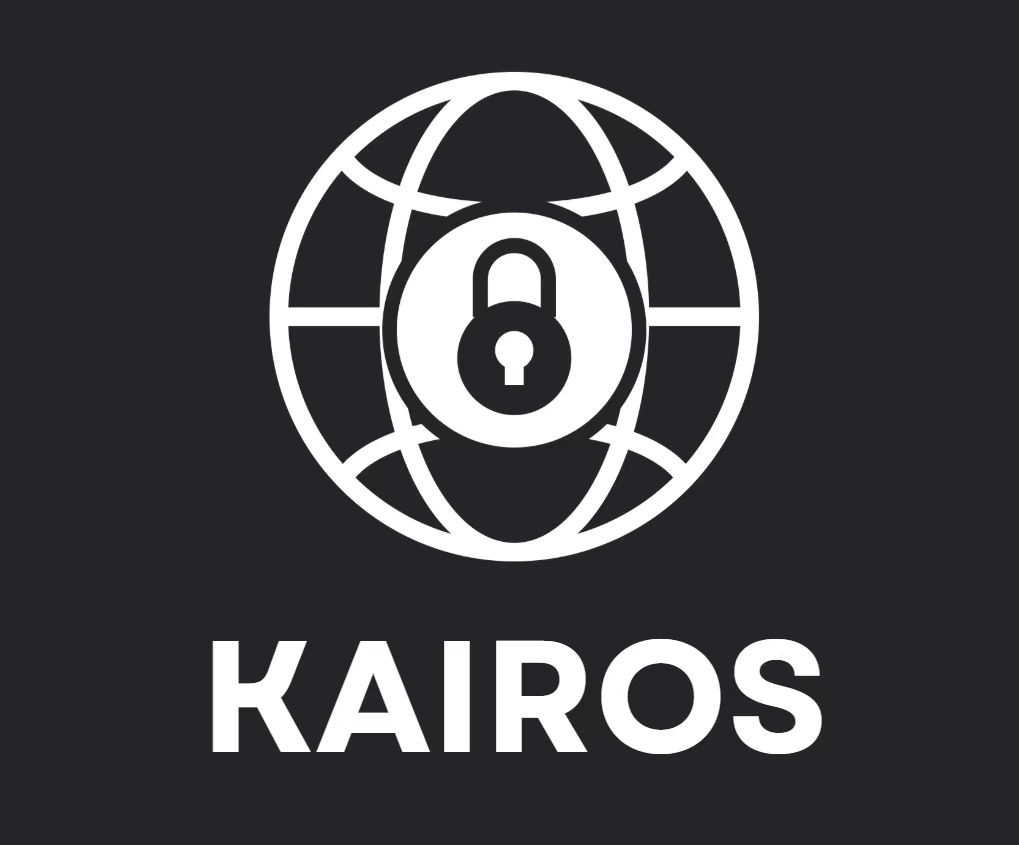Executive kidnapping and extortion have emerged as significant threats in today’s interconnected world, posing substantial risks to corporate leaders and their organizations. The recent fatal shooting of UnitedHealthcare CEO Brian Thompson in New York City underscores the urgency of addressing these dangers.
"The sun, with all those planets revolving around it and dependent on it, can still ripen a bunch of grapes as if it had nothing else in the universe to do." - Galileo Galilei

The Extent of the Problem
Accurate statistics on executive kidnappings are challenging to compile due to underreporting and varying definitions. However, estimates suggest that globally, between 12,500 and 25,000 kidnappings occur annually, with a notable increase in recent years.
In 2021, 15% of companies reported receiving executive kidnapping threats, highlighting the pervasive nature of this issue. Certain regions exhibit higher incidences of such crimes. Latin America and West Africa accounted for approximately 87% of global kidnap cases in the first half of 2022.
In Mexico alone, a 2012 study reported over 105,000 kidnapping cases, averaging six incidents per day in major cities. The digital landscape has also amplified threats against executives. A recent report found that C-level executives are 12 times more likely to be the target of social incidents and nine times more likely to be the target of social breaches than before. This trend underscores the evolving nature of threats in the digital age.
Mitigation Strategies: Executive Protection and Threat Reconnaissance
To combat these threats, organizations are adopting comprehensive executive protection programs that integrate physical security measures with advanced threat reconnaissance.
-
Physical Security Measures: This includes employing trained security personnel, implementing secure travel protocols, and conducting regular risk assessments. Companies like Meta have invested millions to protect their CEOs, recognizing the importance of robust security measures.
-
Digital Threat Monitoring: With the rise of social media and online platforms, monitoring digital spaces has become crucial. Advanced analytics and data mining tools allow security teams to process large volumes of information and identify patterns that might indicate a threat. Social media monitoring tools can track online activities and sentiments, providing early warning of potential risks.
-
Algorithmic Threat Detection: Utilizing algorithms to detect and analyze online chatter about potential threats enables proactive measures. For instance, monitoring social media for signs of potential social engineering attacks, such as information gathering on key personnel, can provide early warnings.
-
Comprehensive Risk Assessments: Regular evaluations of potential vulnerabilities, both physical and digital, help in implementing effective security protocols. This includes assessing travel routes, securing communication channels, and educating executives about potential risks.
Let us look at the third measure in more depth and consider how we at Kairos can leverage new algorithmic threat detection technology.
How Kairos Uses Algorithmic Threat Detection to Prevent Executive Kidnappings
At Kairos, we specialize in leveraging advanced algorithmic threat detection to proactively identify and mitigate risks before they materialize into real threats. Our proprietary system scans vast amounts of open-source intelligence (OSINT), including social media chatter, dark web discussions, and encrypted messaging platforms, to detect early warning signs of potential kidnappings and extortion attempts. By utilizing AI-driven sentiment analysis, pattern recognition, and predictive modeling, we provide corporations with actionable intelligence to safeguard their executives.
In 2023, a Venezuelan oil executive, Alejandro, was unknowingly targeted by a kidnapping syndicate. Kairos’ AI system detected an unusual spike in online chatter referencing Mendoza’s routine travel schedule, including discussions on Telegram channels linked to criminal networks in Caracas.
By cross-referencing geotagged posts, our system flagged a potential risk in real-time, alerting Mendoza’s security team. A deep dive into the data revealed that a group of individuals had been monitoring his movements for weeks, planning an ambush on his usual commute from his office to his residence.
With this intelligence, Mendoza’s security team was able to alter his travel route, increase security presence, and ultimately foil the attempted kidnapping. The perpetrators were later apprehended following a coordinated law enforcement operation, thanks to the insights provided by Kairos’ threat detection system.
Another Kairos success story involved Maria Torres, a CFO for a multinational energy firm operating in Brazil. Our system picked up concerning discussions on the dark web about a “high-value” corporate target in her company. By tracking metadata patterns and linguistic cues, Kairos identified Maria as the likely target of a sophisticated extortion scheme involving deepfake blackmail.
Our alert allowed Maria’s firm to take immediate action, securing her digital footprint, engaging cybersecurity professionals, and preemptively notifying law enforcement. The fraudsters were unable to execute their plan, demonstrating the power of proactive threat intelligence in mitigating executive risks.
Another Kairos success story involved Maria Torres, a CFO for a multinational energy firm operating in Venezuela. Our system picked up concerning discussions on the dark web about a “high-value” corporate target in her company. By tracking metadata patterns and linguistic cues, Kairos identified Maria as the likely target of a sophisticated extortion scheme involving deepfake blackmail.
Our alert allowed Maria’s firm to take immediate action, securing her digital footprint, engaging cybersecurity professionals, and preemptively notifying law enforcement. The fraudsters were unable to execute their plan, demonstrating the power of proactive threat intelligence in mitigating executive risks.
Kairos continues to refine and enhance its predictive algorithms, ensuring that global executives remain one step ahead of emerging threats. Our commitment to data-driven security solutions has positioned us as a leader in executive protection, safeguarding corporate leaders in high-risk regions.


1 Comment
Voluptas sit quos rerum quasi et. Nobis illum voluptas facere delectus. aut voluptate omnis et enim. Unde officiis officia optio quae.